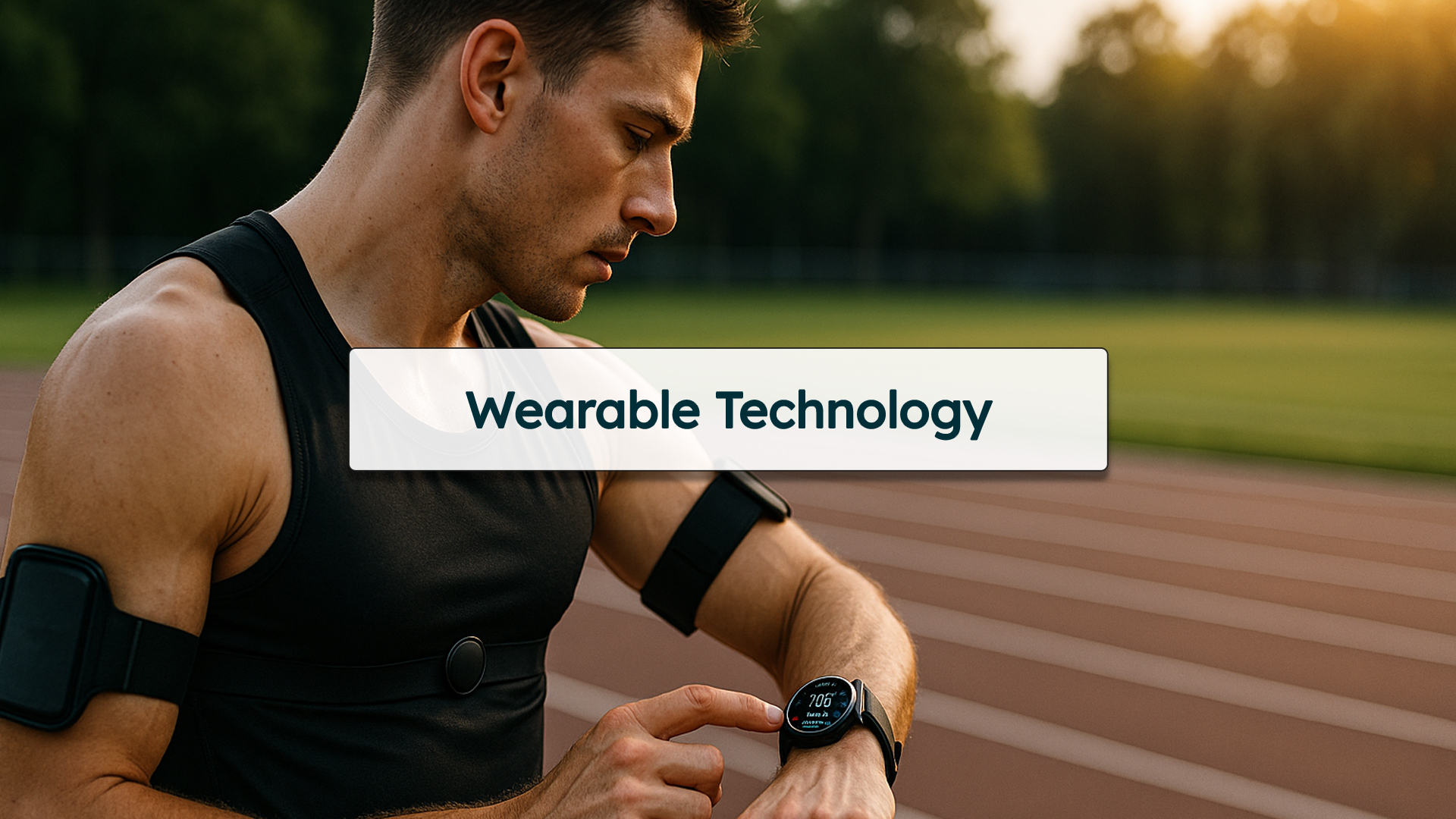In the world of sports, precision, performance, and progress are everything. Athletes and coaches are constantly seeking new ways to gain a competitive edge—and wearable technology is stepping up as one of the most powerful tools in modern training.
From smartwatches and heart rate monitors to advanced GPS trackers and biomechanical sensors, wearable devices are transforming the way athletes train, recover, and compete. What was once limited to professional athletes is now becoming mainstream across all levels of sport.
Real-Time Performance Monitoring
One of the biggest advantages of wearable tech is the ability to collect real-time data. Devices can track key metrics such as:
- Heart rate
- VO2 max
- Speed and distance
- Caloric burn
- Sleep quality
- Muscle activation and fatigue
With this data at their fingertips, athletes can adjust their workouts on the fly to avoid overtraining, enhance endurance, or target specific goals. Coaches also gain valuable insight into an athlete’s workload, helping to craft more personalized and effective training programs.
Injury Prevention and Recovery
Wearables don’t just help athletes perform—they help them stay healthy. By monitoring movement patterns and identifying irregularities or imbalances, devices can flag early signs of fatigue or potential injury risks. Recovery-focused wearables like smart compression garments and sleep trackers further aid in optimizing rest and reducing downtime.
Enhancing Competitive Strategy
GPS-enabled wearables provide a tactical advantage by tracking positioning, acceleration, and movement patterns during gameplay. This kind of data is invaluable for team sports like soccer, football, and basketball, where understanding player dynamics can lead to better game planning and smarter plays.
The Future of Athletic Training
As technology continues to evolve, so will wearable devices. We’re already seeing developments in AI-powered coaching assistants, hydration sensors, and even smart clothing embedded with sensors. The future is one where training is not only data-driven but deeply personalized to each athlete’s unique physiology.
Wearable technology is more than a trend—it’s a fundamental shift in how athletes approach training and performance. With data-backed insights guiding every step, athletes can push boundaries, minimize risks, and maximize results like never before.


